The History of Haripur A Journey Through Time
Nestled in Pakistan’s Khyber Pakhtunkhwa province, Haripur is a city rich in history and culture. Founded in 1822 by Hari Singh Nalwa, a notable Sikh commander under Maharaja Ranjit Singh, this vibrant town has played a significant role in the Hazara region’s development.
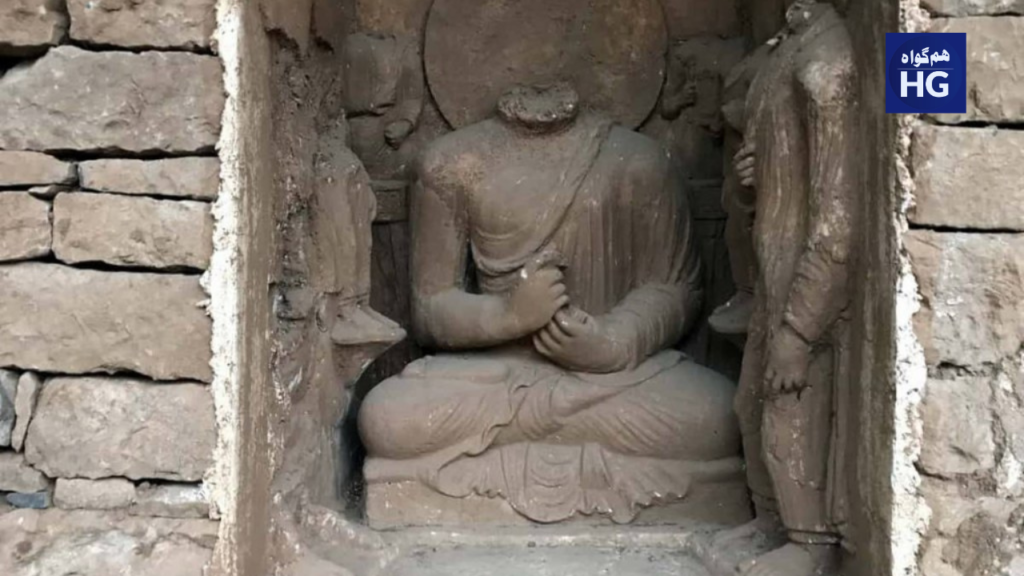
The Birth of Haripur
Hari Singh Nalwa envisioned Haripur as a strategic hub, serving as the headquarters for the Hazara region. His leadership came during a tumultuous time after the death of the first Nazim, Amar Singh Majithia, who was killed by local residents. Nalwa’s dedication transformed Haripur into a lively center of activity, as noted by Baron Hugel during his visit in 1835, when he remarked on the town’s bustling energy.
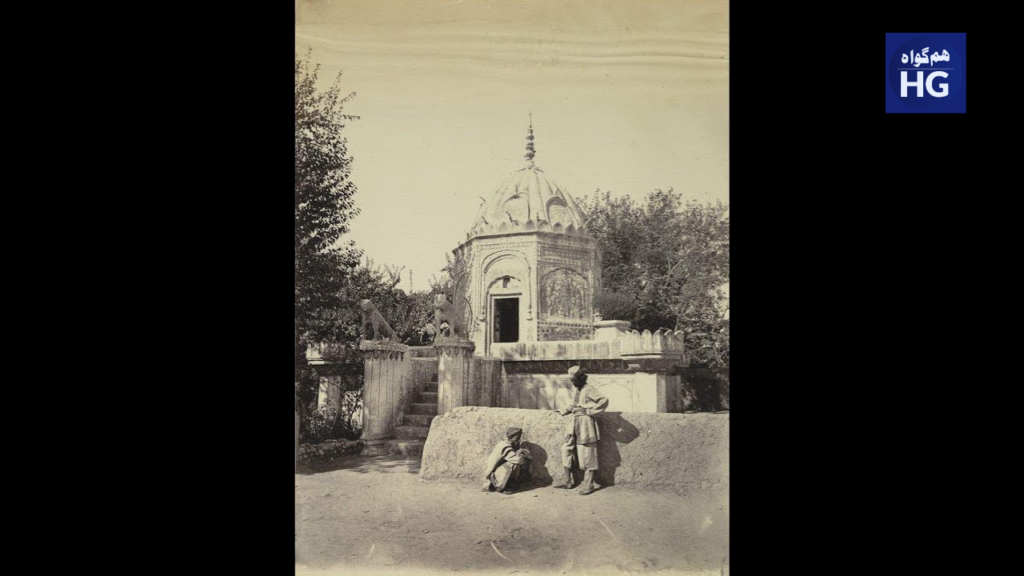
British Rule
In 1846, after the first Anglo-Sikh War, the British East India Company took control of Haripur. This marked a new chapter in the region’s administration. A significant monument stands today to honor Colonel Canara, a European officer who valiantly defended his artillery against insurgents in 1848, showcasing the resilience of the local forces.
The Timeless Appeal of Print Media A Journey Down Memory Lane
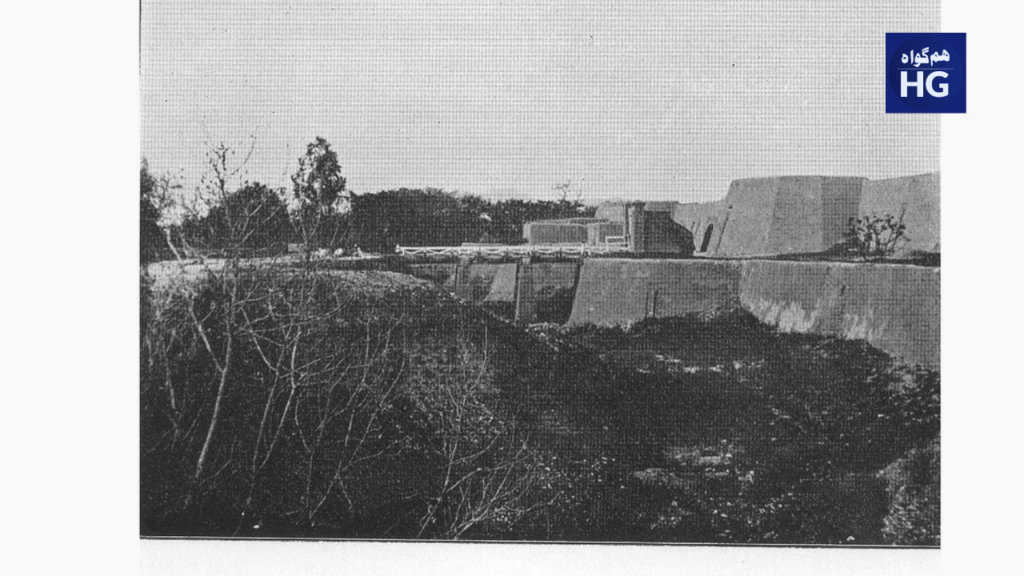
Changes in Administration
Under British rule, the Hazara region was divided into three administrative tehsils: Mansehra, Abbottabad, and Haripur. For a long time, Hazara was part of Punjab province, but in 1901 it was incorporated into the newly created North West Frontier Province (NWFP). At that time, Haripur was a modest town with a population of just 5,578, and its economic activity was relatively limited, averaging around Rs. 17,800 in income and expenses.
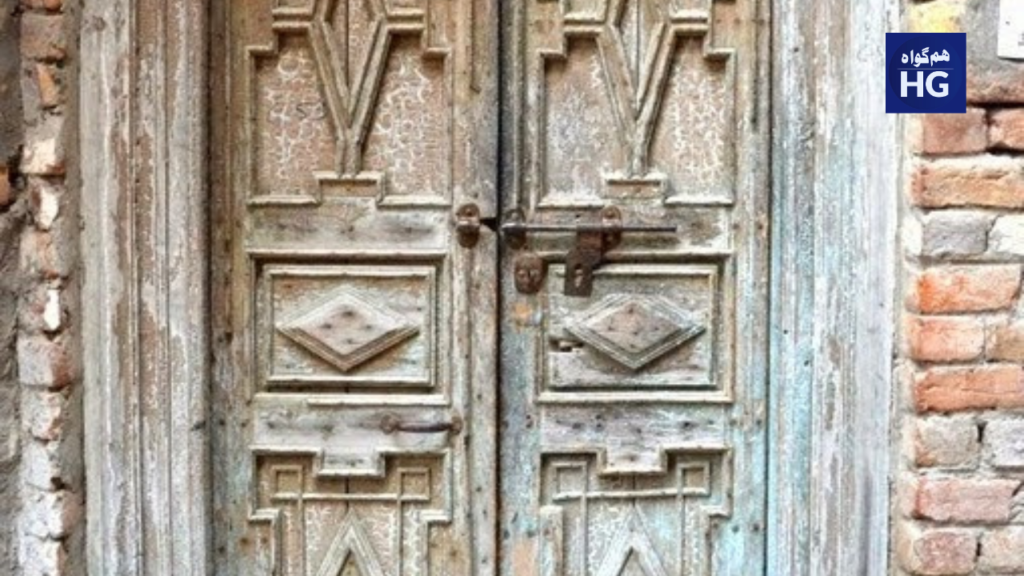
Military Significance
In 1851, Haripur became home to the 4th (Hazara) Mountain Battery, composed of local Hazarewal gunners who were trained by British officer James Abbott. These gunners played crucial roles in various military campaigns, demonstrating the strategic importance of Haripur in the region.
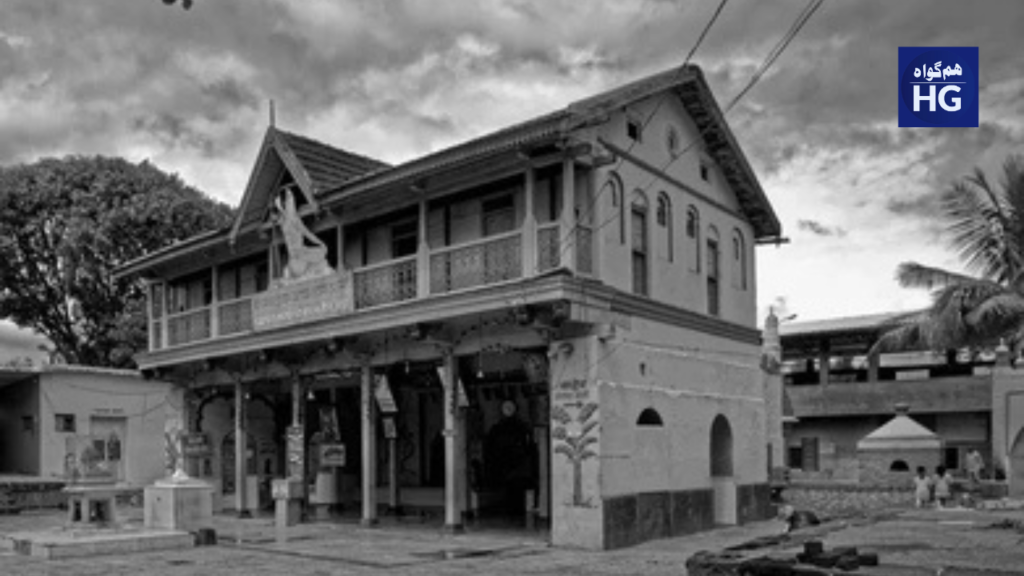
Growth and Development
After Pakistan gained independence in 1947, Haripur continued to evolve. In 1976, the Hazara district was upgraded to divisional status, and Haripur Tehsil was elevated to a district, becoming its administrative center. Today, Haripur is a thriving city that harmoniously blends its rich historical legacy with modern development.

Conclusion
The story of Haripur is one of resilience and transformation. From its establishment by Hari Singh Nalwa to its strategic significance during British rule and its growth in the modern era, Haripur remains an integral part of Pakistan’s cultural and historical tapestry. Its journey through time is a testament to the spirit of its people and their enduring connection to their heritage.







